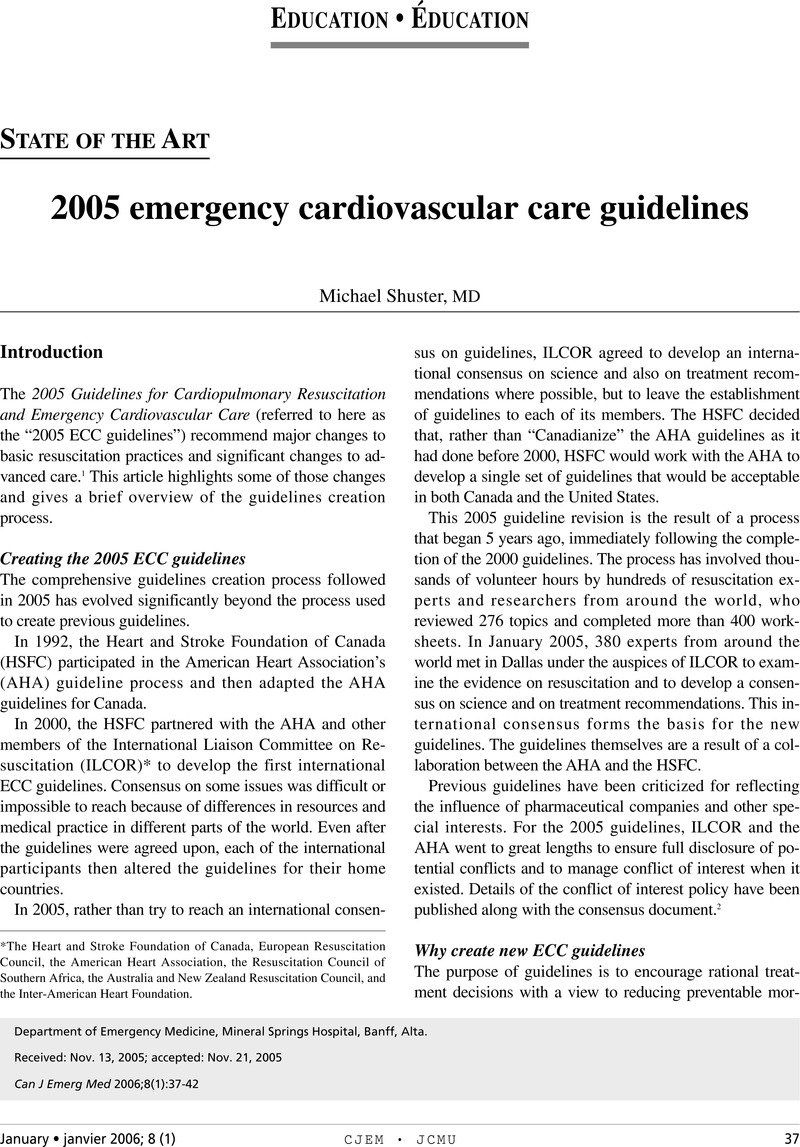Crossref Citations
This article has been cited by the following publications. This list is generated based on data provided by Crossref.
Tsima, Billy M.
Rajeswaran, Lakshmi
and
Cox, Megan
2019.
Assessment of cardiopulmonary resuscitation equipment in resuscitation trolleys in district hospitals in Botswana: A cross-sectional study.
African Journal of Primary Health Care & Family Medicine,
Vol. 11,
Issue. 1,





